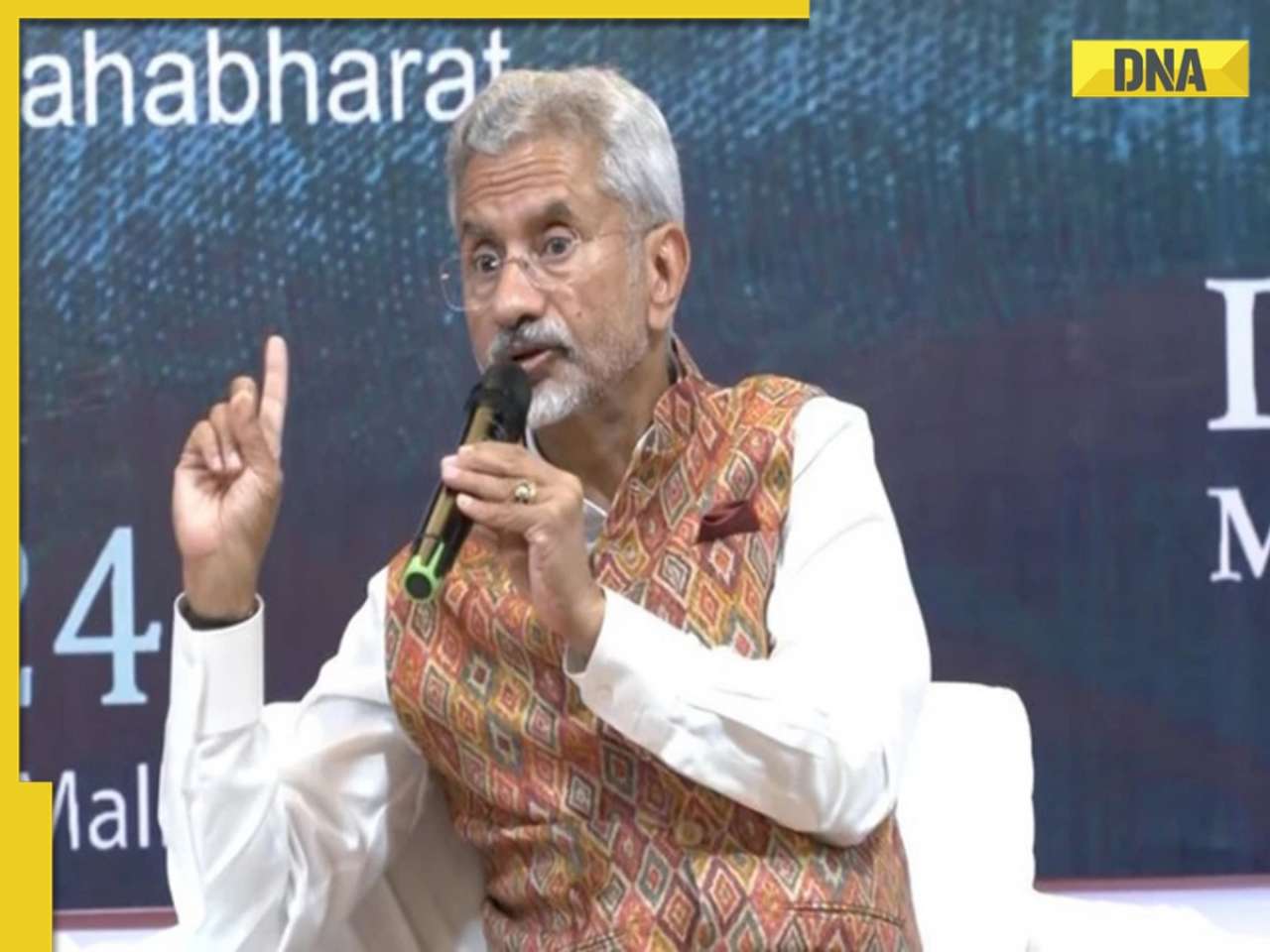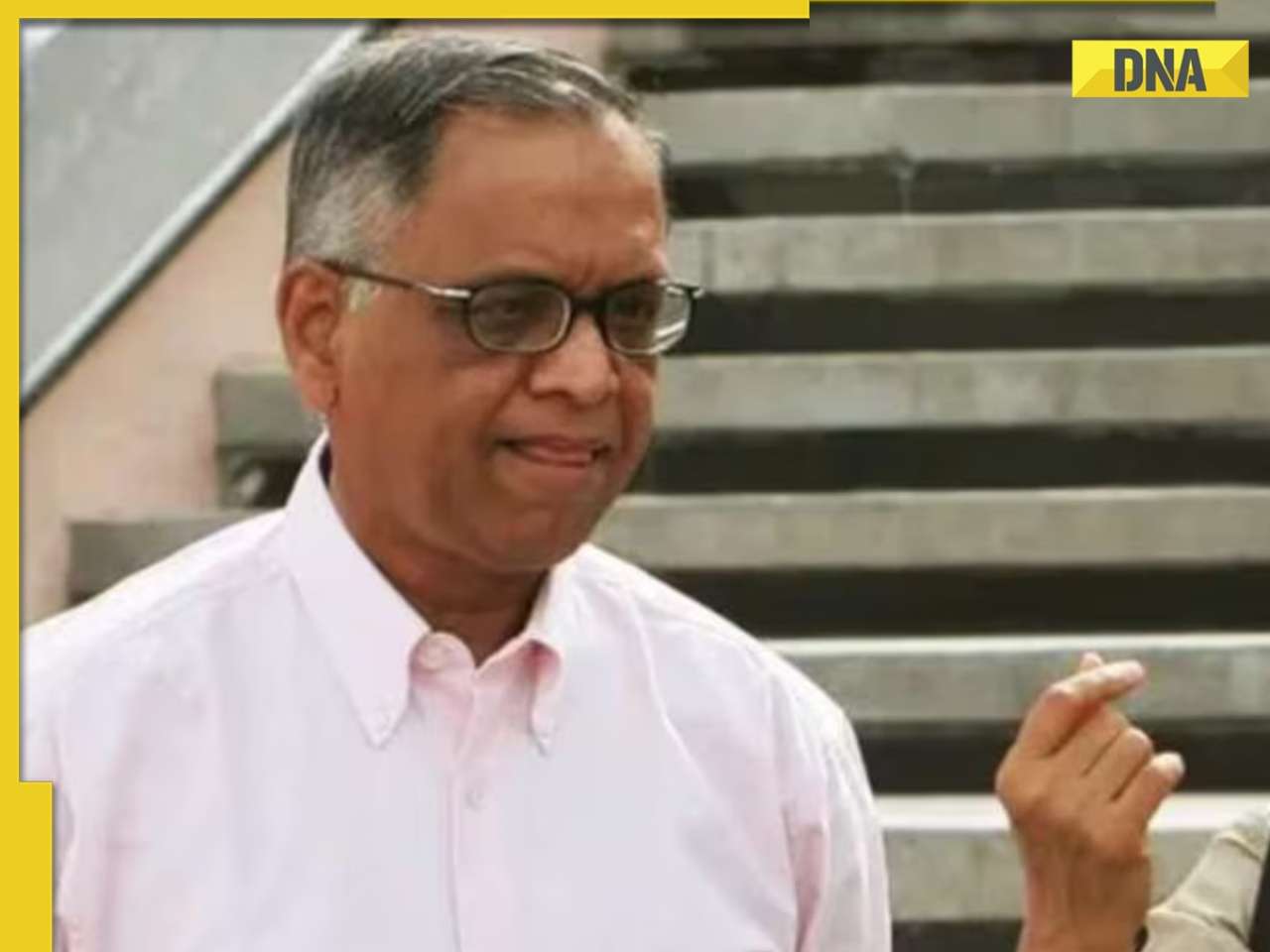The raging scandal of spot-fixing, or cricket betting as it is known, may have claimed the scalp of three Pakistani players. But the malaise runs much more deep, particularly in the teams from the subcontinent.
Old-time bookies recall vividly that though there used to be small-time bets on cricket matches in India, it suddenly rose to prominence during the 1983 World Cup. It was the time when indigenous matka, the notorious illegal betting system, was at its peak in Mumbai and other cities like Surat, Ahmedabad, Indore, Kolhapur and Delhi.
During the early days of cricket betting, bookies used the expertise of matka operators. Using their chain of command, they started an organised cricket betting syndicate which, during later years, got bifurcated into small individual networks. A former player and cricket administrator, related to a legendary Indian cricketer, was considered to be the pioneer of the cricket betting ‘business’ in the country.
Cricket betting reached a frenzy when India was playing a do-or-die match against Zimbabwe to stay alive in the World Cup. India lost some early wickets but then Kapil Dev scored a historic 175 not out to save the day. City bookies accepted big bets for that match. Mind you, there were no cellphones or internet in those days, and the punters had to place their bets using landline phones.
And after India won the World Cup, cricket betting had gained a massive foothold in the sub-continent. In a way, one can say that the germ of cricket betting, was first planted in India.
In the years to come, the bug prospered, particularly during the matches between India and Pakistan. Later on, Indian bookies spread their networks to Karachi, Johannesburg and London, where they continued to flourish for several years before enterprising bookies — from other nations — joined the trade.
However, Indian bookies still command supremacy.
After tasting big success, bookies all over the world decided to exploit the game further. And thus match-fixing was ‘born’. The chance came in 1984 when oil-rich Sheikhs decided to host ‘desert cricket’ in Sharjah. The very first encounter saw Sri Lanka take on Pakistan. Karachi-based bookies started accepting bets on session-wise progress of the game.
In order to make their ‘business’ more interesting, bookies introduced new ‘options’, asking people to place bets on game-related aspects like, ‘How many runs will be scored in the first ten overs/first five overs/the very first over?’
‘Predict the number of fours, sixes and singles in an over’, ‘How many wickets would each bowler take?’ ‘Predict the number of ducks, fifties and centuries’. Name a possibility and there was a bet to be waged.
After having ‘exhausted’ all options, some London-based bookies, well-versed with betting techniques of authorised and legal betting giants Ladbrokes, came up with a daring but dangerous spot-betting option. This isn’t possible without player participation.
On paper or screen, spot-fixing may look harmless. Mohammad Asif and Mohammad Aamer, after all, only bowled no-balls. Those deliveries did, in no way, affect the result of the Test match. But what if a player agrees to hit fours and sixes on demand?
What if he loses his wicket in the process? Won’t that change the course of the entire match? And won’t it be suicidal for the game itself?
Punters would bet on the number of runs a batsman would score and bookies offered their stakes. In order to ensure they don’t suffer losses, Pakistani bookies often took their players into confidence so that they performed according to ‘plan’. Playing at a neutral venue served the purpose as they could interact with players rather easily.
It was in Sharjah, again, that the underworld came into the picture. It was no secret that several Pakistani and Indian players enjoyed direct or indirect patronage and hospitality of then Dubai-based don Dawood Ibrahim. No one but “best friend” Javed Miandad had the courage to defy the fugitive.
India were playing Pakistan in the 1986 Sharjah Cup. That was the series when Miandad hit that last-ball six off Chetan Sharma to win it for his country. It is widely believed that bookies used Dawood’s clout to fix the match in India’s favour. What’s more, it was ‘decided’ that the match would go into the final over.
Everything went according to the plan till the very last ball when Miandad ‘spoilt’ the party. “Facing the last ball with five runs needed, the Pakistani in me woke up and I hit the ball with all strength I had,” Miandad had told friends later. Dawood was furious with Miandad —the don was still an Indian national then.
The serial blasts in Mumbai took place much later in 1993 — but the fact that they were thick pals saved the day for Miandad.
However, Indian bookies lost their faith in Miandad for ever. The inspirational batsman, though, remained a favourite of Pakistan-based bookies. It is an open secret that, over the years, the Sharjah Cup became infamous and India finally opted out of the tourney.
The lure of easy money and dreams of becoming millionaires overnight forced certain players to throw caution to the wind. The 2000 match-fixing scandal revealed that it were the seniors — and not rookies — like Hansie Cronje, Mohammed Azharuddin, Manoj Prabhakar and Ajay Jadeja who fell in the trap. Interestingly, Indian law enforcement agencies cracked the case.
![submenu-img]() Meet IIT-JEE topper with AIR 1, son of government school teachers, he went on to pursue...
Meet IIT-JEE topper with AIR 1, son of government school teachers, he went on to pursue...![submenu-img]() Salman Khan house firing case: One more Lawrence Bishnoi gang member arrested by Mumbai Police
Salman Khan house firing case: One more Lawrence Bishnoi gang member arrested by Mumbai Police ![submenu-img]() Mukesh Ambani to host Anant-Radhika's second pre-wedding function: Trip to start from Italy with 800 guests and end in..
Mukesh Ambani to host Anant-Radhika's second pre-wedding function: Trip to start from Italy with 800 guests and end in..![submenu-img]() Driver caught on camera running over female toll plaza staff on Delhi-Meerut expressway, watch video
Driver caught on camera running over female toll plaza staff on Delhi-Meerut expressway, watch video![submenu-img]() 'If you come and do something here...': EAM S Jaishankar on India's 'message' against terrorism
'If you come and do something here...': EAM S Jaishankar on India's 'message' against terrorism![submenu-img]() Meet IIT-JEE topper with AIR 1, son of government school teachers, he went on to pursue...
Meet IIT-JEE topper with AIR 1, son of government school teachers, he went on to pursue...![submenu-img]() TN 11th Result 2024: TNDGE Tamil Nadu HSE (+1) result declared, direct link here
TN 11th Result 2024: TNDGE Tamil Nadu HSE (+1) result declared, direct link here![submenu-img]() Meet doctor who cracked UPSC exam with AIR 9 but didn’t became IAS due to…
Meet doctor who cracked UPSC exam with AIR 9 but didn’t became IAS due to…![submenu-img]() TN 11th Result 2024 to be declared today; know how to check
TN 11th Result 2024 to be declared today; know how to check![submenu-img]() Meet man who worked as coolie, studied from railway's WiFi, then cracked UPSC exam to become IAS, secured AIR...
Meet man who worked as coolie, studied from railway's WiFi, then cracked UPSC exam to become IAS, secured AIR...![submenu-img]() DNA Verified: Is CAA an anti-Muslim law? Centre terms news report as 'misleading'
DNA Verified: Is CAA an anti-Muslim law? Centre terms news report as 'misleading'![submenu-img]() DNA Verified: Lok Sabha Elections 2024 to be held on April 19? Know truth behind viral message
DNA Verified: Lok Sabha Elections 2024 to be held on April 19? Know truth behind viral message![submenu-img]() DNA Verified: Modi govt giving students free laptops under 'One Student One Laptop' scheme? Know truth here
DNA Verified: Modi govt giving students free laptops under 'One Student One Laptop' scheme? Know truth here![submenu-img]() DNA Verified: Shah Rukh Khan denies reports of his role in release of India's naval officers from Qatar
DNA Verified: Shah Rukh Khan denies reports of his role in release of India's naval officers from Qatar![submenu-img]() DNA Verified: Is govt providing Rs 1.6 lakh benefit to girls under PM Ladli Laxmi Yojana? Know truth
DNA Verified: Is govt providing Rs 1.6 lakh benefit to girls under PM Ladli Laxmi Yojana? Know truth![submenu-img]() Remember Harsh Lunia? Just Mohabbat child star, here's how former actor looks now, his wife is Bollywood's popular...
Remember Harsh Lunia? Just Mohabbat child star, here's how former actor looks now, his wife is Bollywood's popular...![submenu-img]() Mother's Day 2024: Bollywood supermoms who balance motherhood, acting, and run multi-crore businesses
Mother's Day 2024: Bollywood supermoms who balance motherhood, acting, and run multi-crore businesses![submenu-img]() Rocky Aur Rani's Golu aka Anjali Anand shocks fans with drastic weight loss without gym, says fitness secret is...
Rocky Aur Rani's Golu aka Anjali Anand shocks fans with drastic weight loss without gym, says fitness secret is...![submenu-img]() In pics: Ram Charan gets mobbed by fans during his visit to Pithapuram for ‘indirect campaign’ for uncle Pawan Kalyan
In pics: Ram Charan gets mobbed by fans during his visit to Pithapuram for ‘indirect campaign’ for uncle Pawan Kalyan![submenu-img]() Streaming This Week: Yodha, Aavesham, Murder In Mahim, Undekhi season 3, latest OTT releases to binge-watch
Streaming This Week: Yodha, Aavesham, Murder In Mahim, Undekhi season 3, latest OTT releases to binge-watch![submenu-img]() Haryana Political Crisis: Will 3 independent MLAs support withdrawal impact the present Nayab Saini led-BJP government?
Haryana Political Crisis: Will 3 independent MLAs support withdrawal impact the present Nayab Saini led-BJP government?![submenu-img]() DNA Explainer: Why Harvey Weinstein's rape conviction was overturned, will beleaguered Hollywood mogul get out of jail?
DNA Explainer: Why Harvey Weinstein's rape conviction was overturned, will beleaguered Hollywood mogul get out of jail?![submenu-img]() What is inheritance tax?
What is inheritance tax?![submenu-img]() DNA Explainer: What is cloud seeding which is blamed for wreaking havoc in Dubai?
DNA Explainer: What is cloud seeding which is blamed for wreaking havoc in Dubai?![submenu-img]() DNA Explainer: What is Israel's Arrow-3 defence system used to intercept Iran's missile attack?
DNA Explainer: What is Israel's Arrow-3 defence system used to intercept Iran's missile attack?![submenu-img]() Salman Khan house firing case: One more Lawrence Bishnoi gang member arrested by Mumbai Police
Salman Khan house firing case: One more Lawrence Bishnoi gang member arrested by Mumbai Police ![submenu-img]() Meet actress, who got rejected for her looks, had no hit for 15 years; later beat Alia, Deepika, Katrina at box office
Meet actress, who got rejected for her looks, had no hit for 15 years; later beat Alia, Deepika, Katrina at box office![submenu-img]() Abdu Rozik breaks silence on his wedding announcement being called ‘publicity stunt’: ‘The whole world is…’
Abdu Rozik breaks silence on his wedding announcement being called ‘publicity stunt’: ‘The whole world is…’![submenu-img]() Meet actress who made debut with Salman Khan, had super flop career, then got TB, now lives in chawl, runs..
Meet actress who made debut with Salman Khan, had super flop career, then got TB, now lives in chawl, runs..![submenu-img]() Meet actress who worked with Naseeruddin Shah, sister of popular models, is now getting trolled on social media for..
Meet actress who worked with Naseeruddin Shah, sister of popular models, is now getting trolled on social media for..![submenu-img]() Driver caught on camera running over female toll plaza staff on Delhi-Meerut expressway, watch video
Driver caught on camera running over female toll plaza staff on Delhi-Meerut expressway, watch video![submenu-img]() Delhi man takes 200 flights in 110 days, steals lakhs worth of jewelry from passengers
Delhi man takes 200 flights in 110 days, steals lakhs worth of jewelry from passengers![submenu-img]() Viral video: Man makes paratha with 'diesel', internet reacts
Viral video: Man makes paratha with 'diesel', internet reacts![submenu-img]() Viral video of 'black jalebi' leaves internet in shock; netizens say 'hey bhagwan...'
Viral video of 'black jalebi' leaves internet in shock; netizens say 'hey bhagwan...'![submenu-img]() Real-life Bambi and Thumper? Adorable deer and rabbit video melts hearts online
Real-life Bambi and Thumper? Adorable deer and rabbit video melts hearts online






















































)
)
)
)
)
)